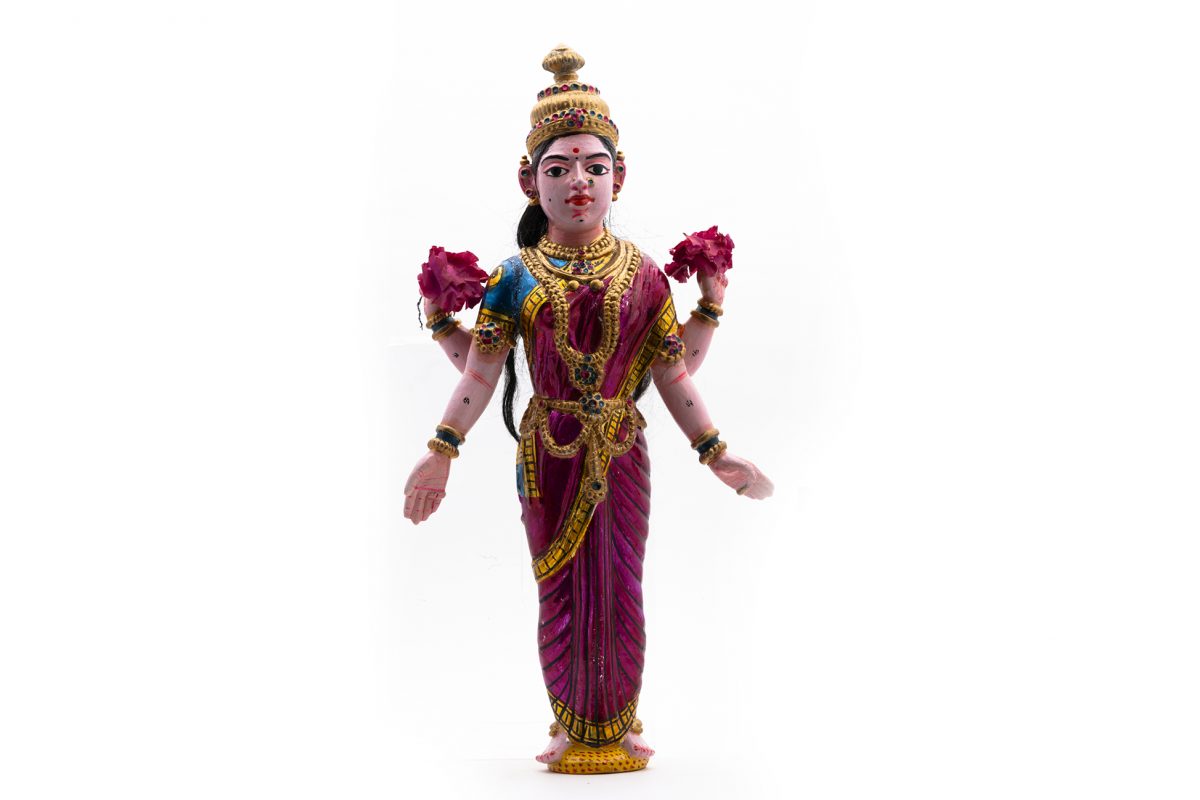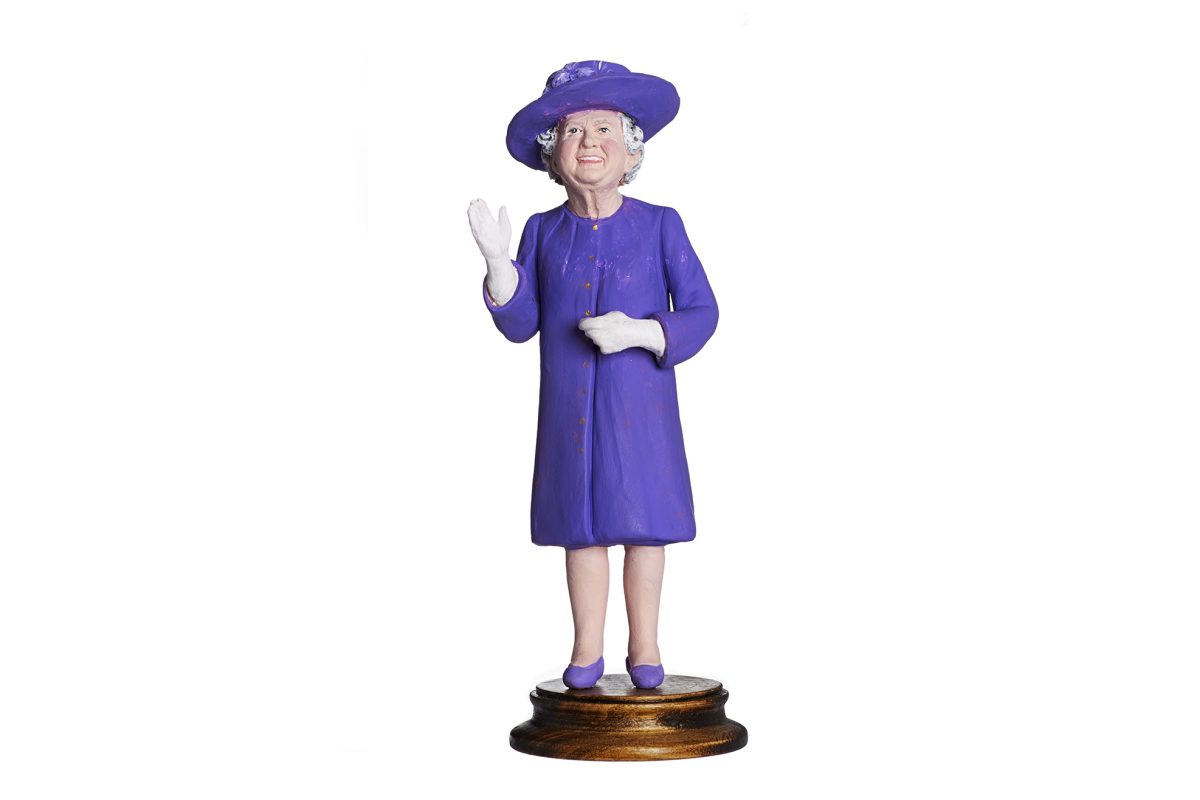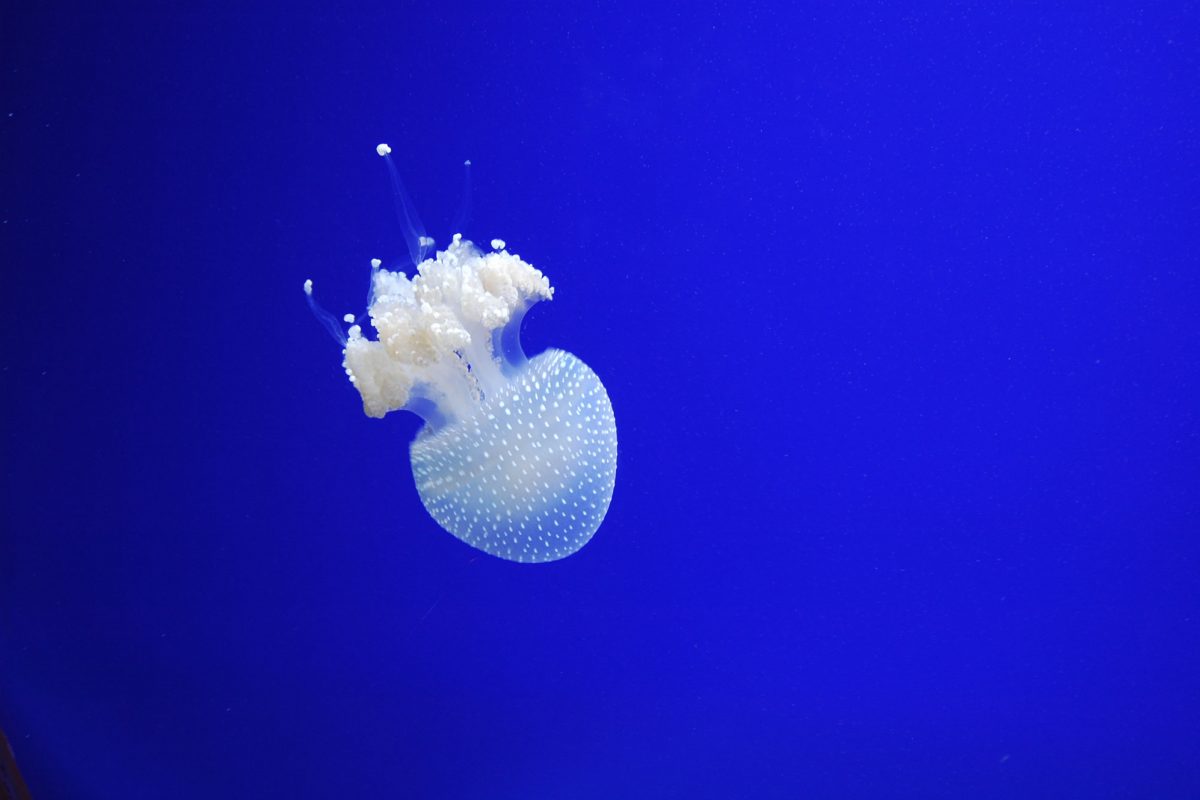Inspired by a previously existing bisexual symbol called ‘bi-angles’, the current bisexual pride flag was revealed by bisexual activist Michael Page on 5 December 1988. This new flag was launched on the now-defunct BiCafe website. The bi-angles symbol is unknown in origin but was used by some groups in the US.
Page created this flag to raise awareness of bisexuals and create a symbol of bi pride, just as the rainbow flag had done for the gay community.
…it occurred to me that if bi people were going to be visible at home, pride events and political rallies, we needed a Bi Pride Flag!
According to Page, each section of colour has a different representation. Pink represents same-sex attraction, blue represents attraction to the opposite sex and the purple, which is a blend of both magenta and blue is an attraction to both sexes. It is also in the ration 40-20-40, to show a blend of sexualities in society. We’ve made our own flag to represent this from objects in the collections.

Pink
For pink, we have chosen the Hindu Goddess Lakshmi, she represents wealth, fortune, love, beauty, joy and prosperity. As Lakshmi in Sanskrit is derived from the root word lakṣ (लक्ष्) and lakṣa (लक्ष), meaning ‘to perceive, observe, know, understand’ and ‘goal, aim, objective’, we feel she is fitting for a bisexual flag.
Purple
Purple first made an appearance in prehistoric art during the Neolithic era. It has a long association with royalty, this is because the royal dye, tyrian dye used to be very expensive. Purple was worn by Roman magistrates and by Roman Catholic Bishops. In Japan, it was also associated with aristocracy.
Blue
Blue is a trusted colour and the most popular colour in the world. Cool blues can be seen as calming whereas a darker blue can signify depth and power.
The key to understanding the symbolism of the Bisexual pride flag is to know that the purple pixels of colour blend unnoticeably into both the pink and blue, just as in the ‘real world,’ where bi people blend unnoticeably into both the gay/lesbian and straight communities
Like any symbol of representation, there has been contention around its use, with copyright of this flag being called into question as recently as last year.
Would you like to know more about LGBT+ history? Then read further in A Horniman Rainbow Flag, A Horniman Lesbian Flag and LGBTQ+ Stories and Themes of Love.





